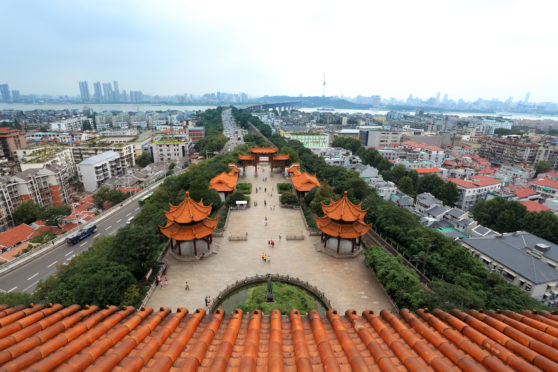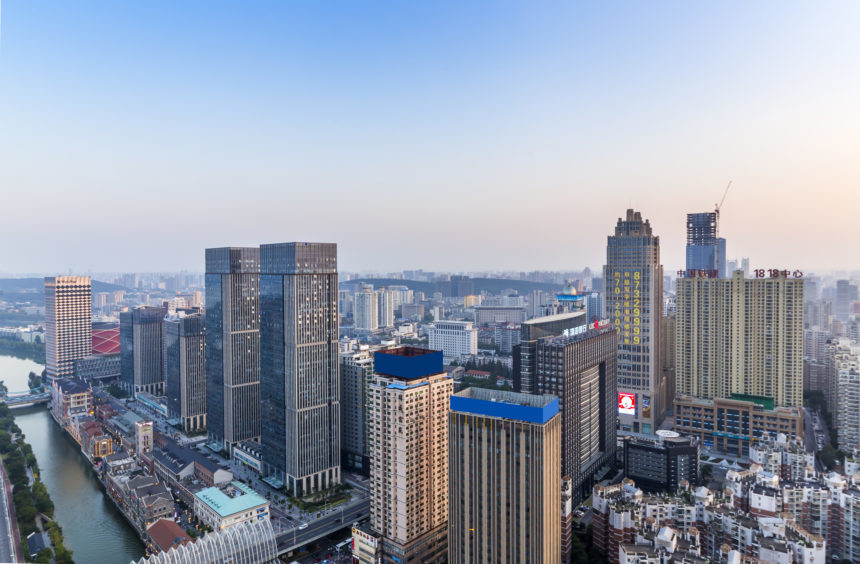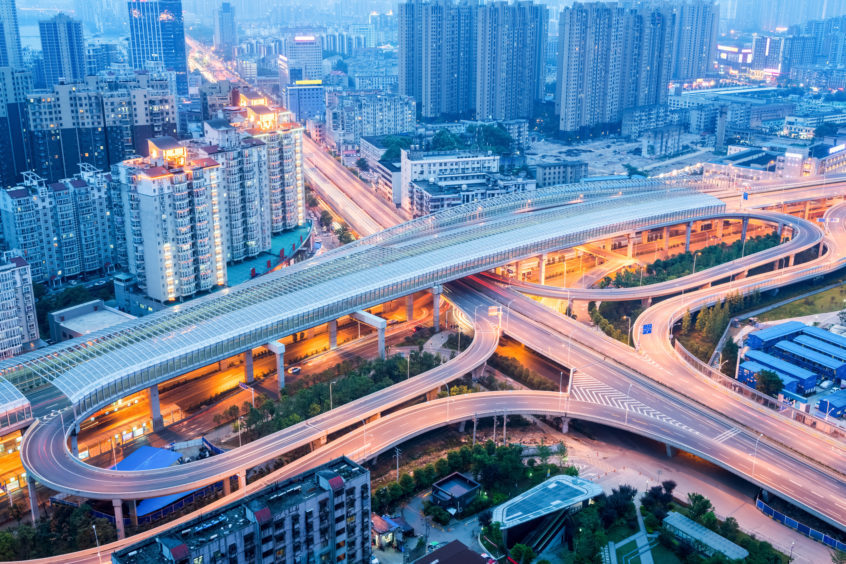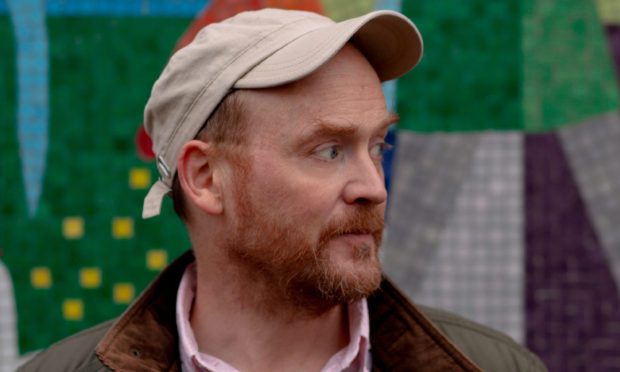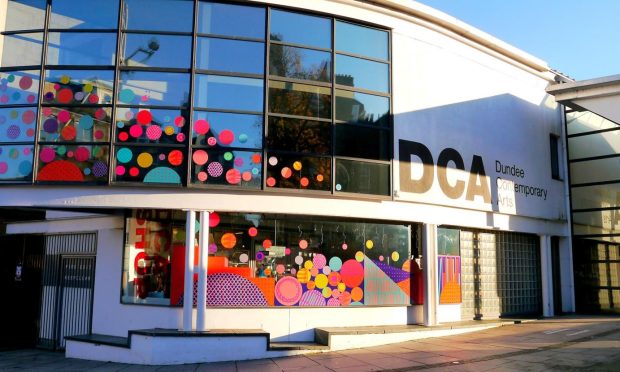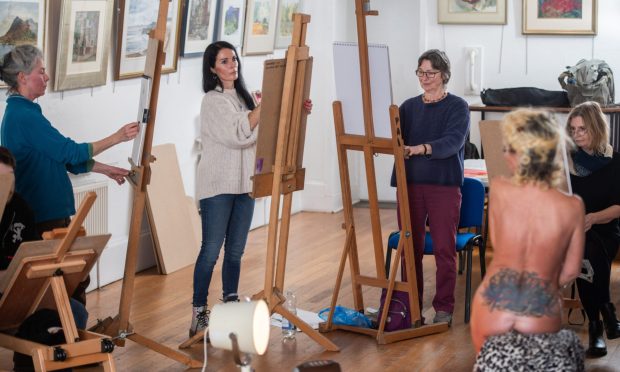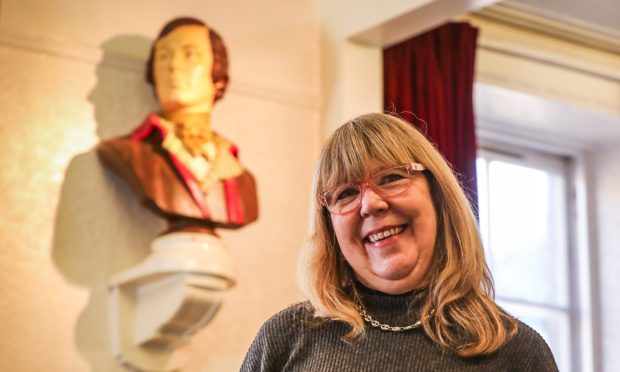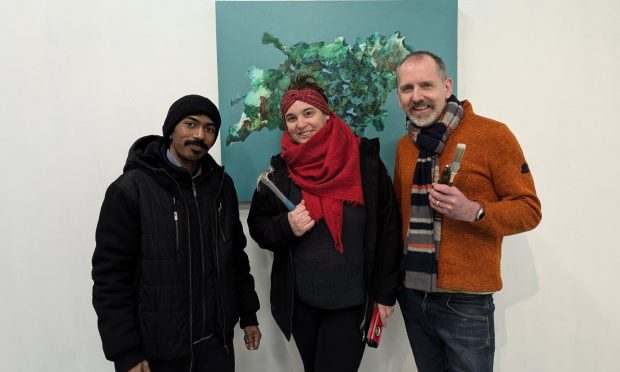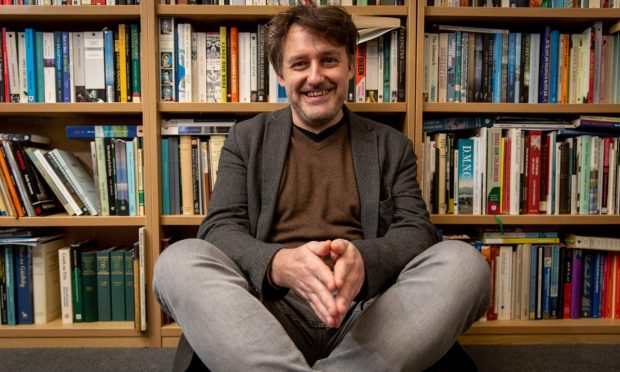Lorens Holm, reader in architecture and director of Dundee University’s Geddes Institute for Urban Research, reflects on a visit to Dundee’s sister City of Design, Wuhan in China.
In November, I travelled to the city of Wuhan in China with my colleague Andy Milligan. Our mission was to represent Dundee at a UNESCO City of Design conference to inaugurate Wuhan’s new status as a City of Design. Eight other cities with the UNESCO status were also in attendance: Barcelona, Buenos Aires, Graz, Montreal, Puebla, St-Etienne and Singapore.
Visiting Wuhan – the capital of central China’s Hubei Province – was a completely new experience for me and the two things I was most interested in were the typical inner-city neighbourhoods and the Biennale, which showcases the city’s recent design projects.
Neighbourhoods
Many people associate Chinese cities with huge, booming towers.
But often what is not realised is that, unlike tower developments in European and North American cities, they do not stand alone in cleared sites with long walks across open ground to access shops and cafes.
Instead, the new towers emerge from existing three and four-storey neighbourhoods. They are built right to the edges of narrow streets – hutongs – that cut through the neighbourhoods, meaning the towers are close to community amenities.
As someone with a research interest in city growth and form, I regard this combination of tower neighbourhood as a hybrid city structure that, while it may not be unique, is at least unusual.
Biennale
The Wuhan Design Biennale was interesting for another reason. The exhibition showcased everything from pens and bicycles to new streets.
Wuhan, like Dundee, is a river port city with on-going construction. According to the exhibition, there are huge new developments planned on both sides of the Yangtze River.
City design
When people say they are interested in design, often they are referring to
smart phones, video games, cars and possibly even buildings. As cities are very large, they’re often not considered to be an aspect of design: the city is an environment and not a product…
Yet, the urban planner, Patrick Geddes – who was based in Dundee for most of his professional life – argued passionately that the city is the most important, meaningful and richest product of civilisation.
The design of our cities has a far greater effect on our physical comfort and mental wellbeing than a phone or a car could ever have. For instance, how you get from your home to a city square or public space, or even to the countryside.
Cities are continually expanding and the single biggest design challenge of the 21st Century is developing the city itself. We can’t leave the process solely to planners and processes. In order to produce a well-designed urban landscape, we need to have designers collaborating with planners and developers, envisioning new models for cities and social life, and – in particular – new models for growth.
Dundee City Council has done an excellent job in promoting the city to the world, sharing its design industries and creative culture in a programme that began a generation ago with the arrival of Dundee Contemporary Arts.
It includes the McManus, Kengo Kuma’s V&A Dundee, the waterfront, and other capital projects. UNESCO City of Design status, the biannual Design Festival, the Literary Festival, the Festival of Architecture, and many other public programmes, are also part of this project.
I would like the next step to be turning the focus of collective creative thinking on the city itself; its streets and public spaces, its communal housing, its skyline, its views and the spectacular natural setting which belongs to us all.
